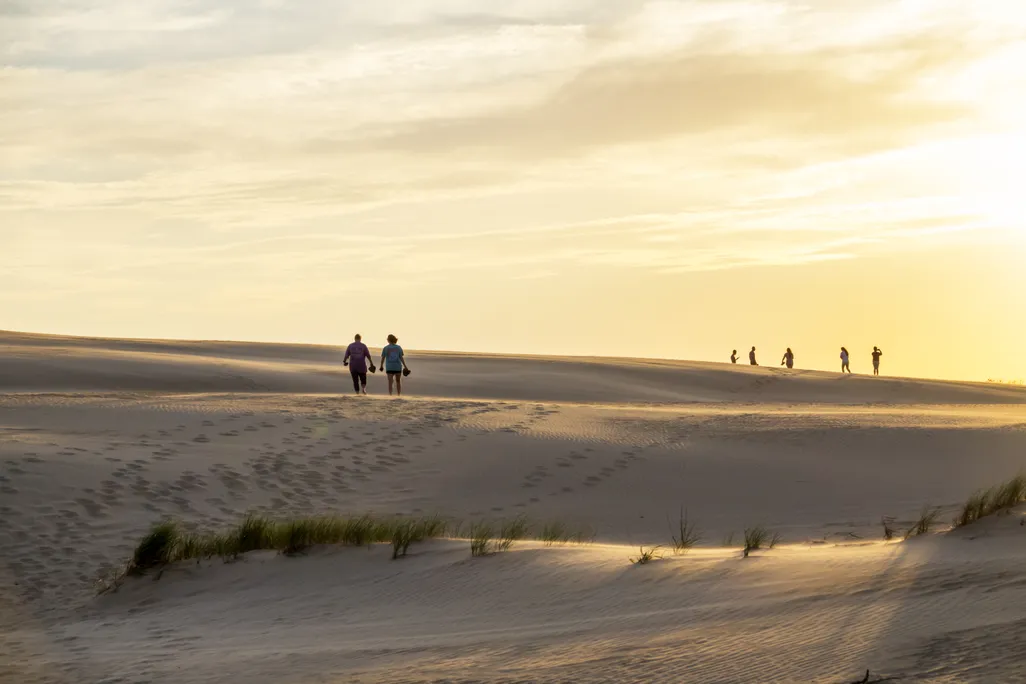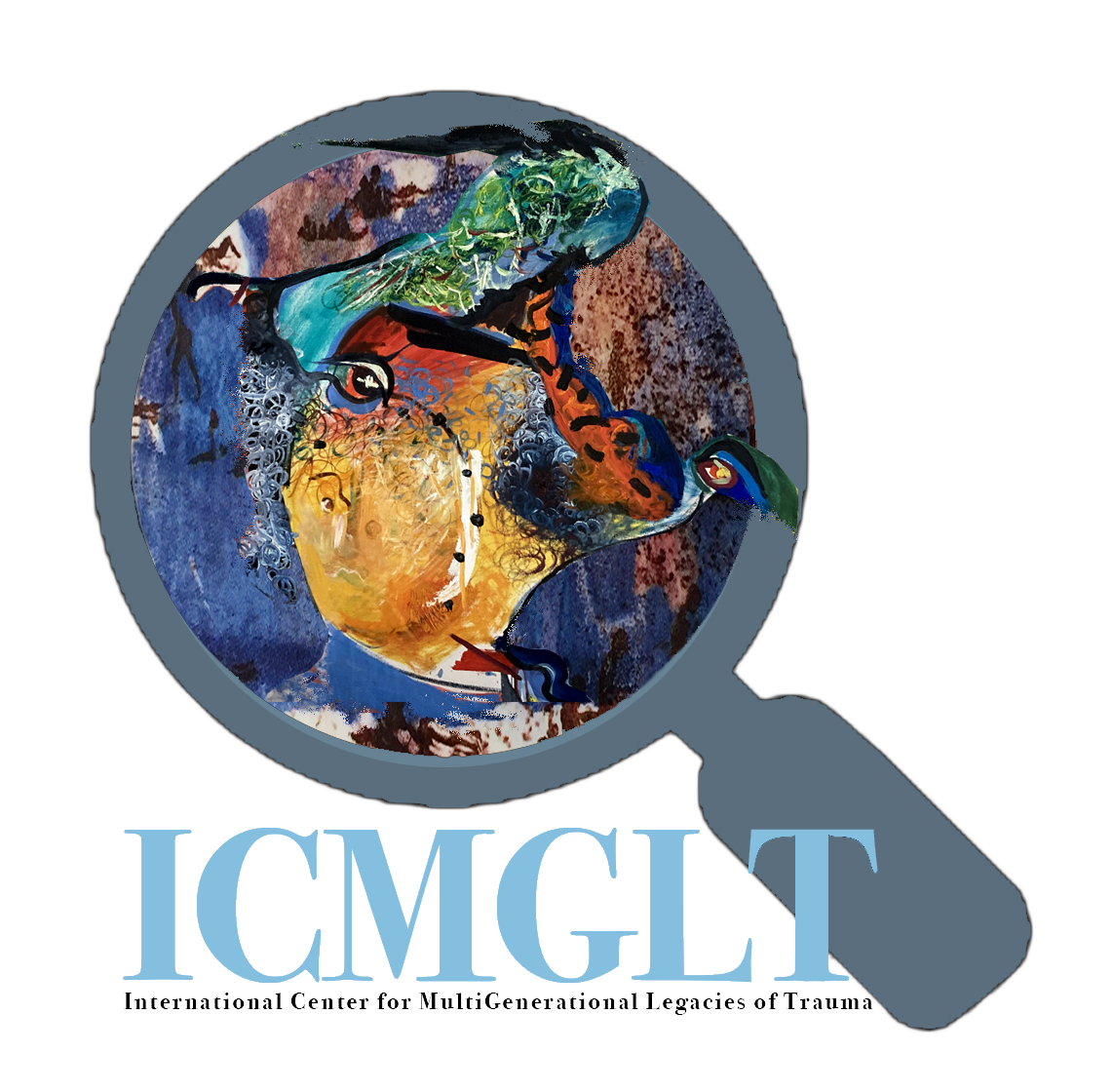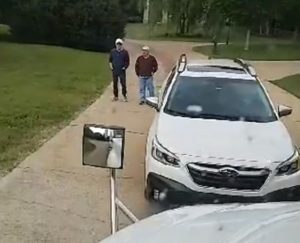Fifty years ago, Carolista Baum passionately fought to create Jockey’s Ridge State Park, an unusually biodiverse ecosystem of dunes, thickets and marshes
Amy Brecount White – Freelance writerMay 6, 2025

In August 1973, three children who regularly played atop the East Coast’s tallest active sand dune system spied a bulldozer that hadn’t been there before. The children ran to tell their babysitter, who took them to the family’s nearby store in Nags Head, North Carolina, where their mother, Carolista Baum, made and sold jewelry. Condominiums had been constructed near where the bulldozer was working, and Baum knew more development would irreparably harm these beloved dunes known as Jockey’s Ridge, an Outer Banks fixture for 3,000 to 4,000 years. Immediately, Baum closed shop and rushed to confront the driver. Developers had already flattened most of the dunes north to the Virginia border.
“I’m not moving,” Baum said, positioning herself in front of the bulldozer’s blade. Locals had long been talking about preserving this rare and scenic ecosystem. Now, Baum knew it was time for action. The driver soon left his post, but she didn’t take any chances: She removed the bulldozer’s distributor cap, effectively disabling it.
Well connected in the local community, Baum passionately took up the mission to preserve the dunes. Her vision was to transform parcels of privately owned dune property into a state park. She placed a “Jockey’s Ridge Headquarters” sign outside her store, and her petition “to preserve this natural wonder” managed to gather 25,000 signatures in seven days. As president of the People to Preserve Jockey’s Ridge committee, Baum educated locals and vacationers with calls, flyers, newspaper articles and emphatic bumper stickers. “SOS”—for “Save Our Sand Dunes”—became a rallying cry for children to donate nickels and dimes, while others were encouraged to become “an honorary owner of a square foot of Jockey’s Ridge” for $5. The committee arranged for two local musicians to write songs that amplified their conservationist message and created a documentary, Jockey’s Ridge: Of Time and Eternity, which screened statewide. The group even hired a plane to fly over a football game between Duke University and the University of North Carolina, trailing a banner that read: “Save Jockey’s Ridge.”
/https://tf-cmsv2-smithsonianmag-media.s3.amazonaws.com/filer_public/6e/0c/6e0ccef9-1e73-4c90-aecd-0ebc707b25d3/carolista_at_jockeys_ridge.jpeg)
Baum traveled regularly to Raleigh to lobby members of the state’s General Assembly. Every day for more than a week, she drove the three-plus hours from Nags Head to request a meeting with the governor. James Hunt Jr., then lieutenant governor, later described her, affectionately, as “hounding” him, too. She collected and shared scientific studies whose findings underlined the rarity of these ecosystems and their wildlife value. The area is indeed rare: With its dune system, maritime forests and thickets and brackish marsh habitat where it abuts Roanoke Sound, Jockey’s Ridge boasts an unusual variety of vital ecosystems across its 426 acres.
Baum’s widespread advocacy contributed to Jockey’s Ridge and the nearby Nags Head Woods being designated as National Natural Landmarks by the U.S. Department of the Interior in 1974. Baum and other activists gradually persuaded owners of the beachside land either to donate property or to sell parcels to People to Preserve Jockey’s Ridge or to the state. In 1975, the state appropriated funds and used a federal matching grant, along with donations from the Nature Conservancy, to purchase the land containing the largest dunes—the final move that guaranteed the formation of Jockey’s Ridge State Park, one of North Carolina’s most visited sites.
/https://tf-cmsv2-smithsonianmag-media.s3.amazonaws.com/filer_public/d8/d7/d8d70d4c-71dd-4bb5-b6f4-7bbe283f538c/gettyimages-1251972542.jpg)
After two years of nonstop organizing, Baum had triumphed. “The nickels and dimes and square-foot donors and support of thousands of citizens has made the ridge belong to everyone,” Baum said in a 1975 address delivered on the dunes at the Jockey’s Ridge Jamboree, held to celebrate the formation of the park. (According to local lore, Jockey Ridge’s name hearkens back to a time when some inhabitants would catch and race wild ponies there, while others watched from the natural grandstands provided by the sloping dunes.)
The three main ecosystems are the Roanoke Sound estuary, the dunes themselves and the maritime thicket where a variety of shrubs and trees grow—including bayberries, live oaks and pines—and where wildlife finds refuge. Thanks to Baum’s work, Jockey’s Ridge remains hospitable to more than 160 types of birds, and 38 types of reptiles and amphibians call it home, along with otters, coyotes, foxes, rabbits and even at least one bobcat.
/https://tf-cmsv2-smithsonianmag-media.s3.amazonaws.com/filer_public/7b/09/7b09bf04-94ce-4b2f-a9fa-50118491f517/gettyimages-953900942.jpg)
The dunes have long been a beloved spot for kite-flying, while hang-glidersenjoy the lofty launch point, an almost constant wind and a soft, sandy landing. This June, the park hosts a four-day 50th anniversary celebration, with a special nod to Baum, who died in 1991 at the age of 50. Volunteers can help restore the park’s living shoreline by planting native grasses. A drone light show will illuminate the nighttime dunes, and visitors can dance on the sand to live music. At sunset on Saturday, June 7, all will toast the park’s golden anniversary, made possible by Baum’s dedication. Her spirit and courage are “driving factors behind the community that supports Jockey’s Ridge,” says Colette Walker, executive director of the Friends of Jockey’s Ridge, a nonprofit that educates visitors about the panoply of creatures who thrive in these habitats. Channeling Baum’s spirit, they recently fought successfully against the construction of a proposed new museum on the dunes and continue to fight against recent statewide attempts to weaken coastal areas’ protected environmental status.
“It’s a magical place,” says Ann-Cabell Baum, Carolista’s daughter and one of the three children who spotted that ominous bulldozer back in 1973. “It’s almost like you’re touching the sound and the ocean. You’re touching the sky and the heavens and the clouds. I’ve never been anywhere else like it on earth.”
/https://tf-cmsv2-smithsonianmag-media.s3.amazonaws.com/filer_public/0a/8e/0a8e8175-30bf-44dd-9206-05972fb19b92/b-78a.jpg)




